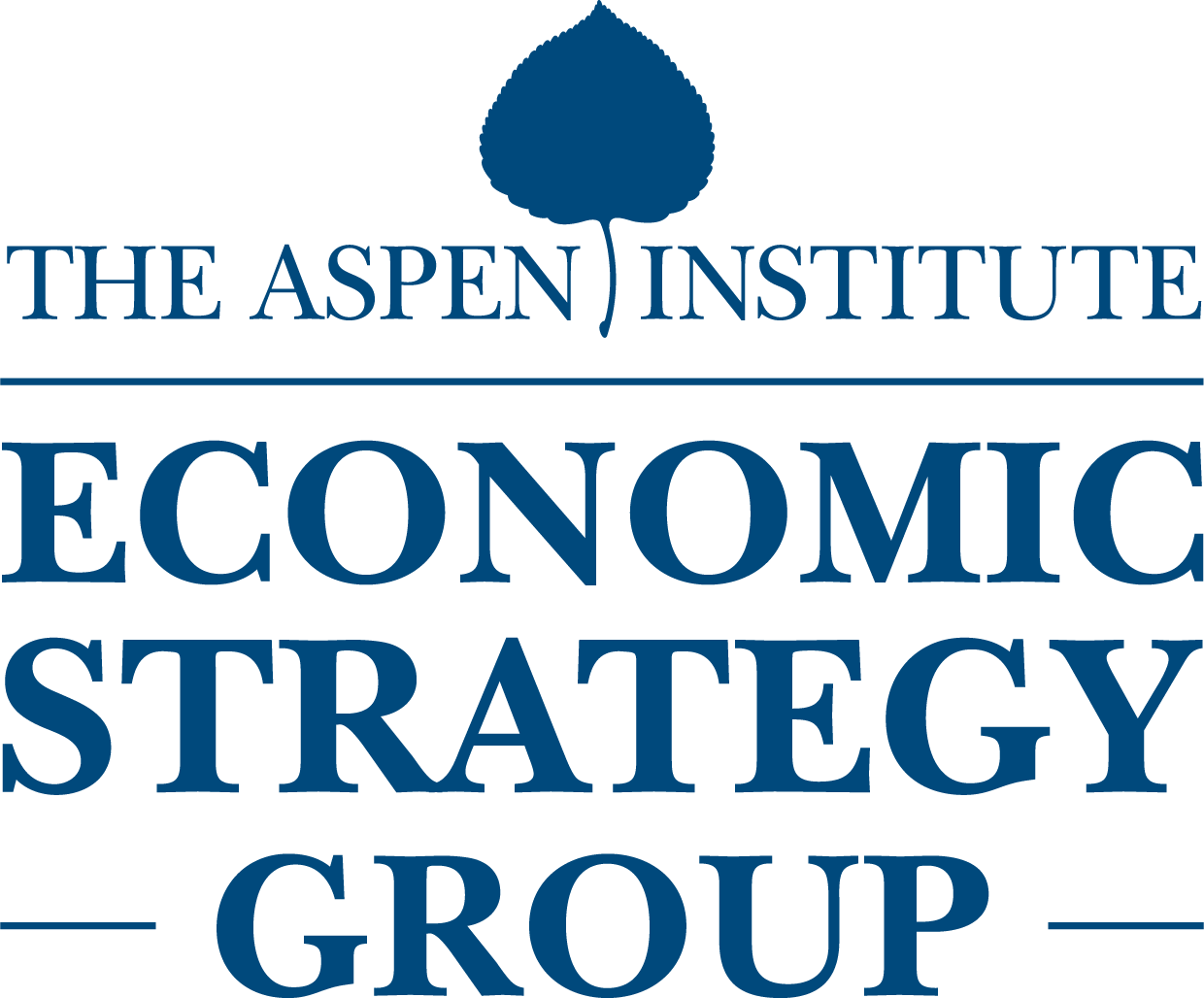
Overcoming Pandemic-Induced Learning Loss

The global COVID-19 pandemic created not only a once-a-century public health crisis but also a once-a-century public education crisis. Unfortunately, the United States federal government’s financial assistance to schools to overcome pandemic-induced learning loss is about to expire – despite the fact that the country has made almost no progress remediating this learning loss. In thinking about where to go next, we first look backward to examine why so little progress was made over the past few years. Changing student learning outcomes requires changing what schools do; that has been hard partly because of the chaos in the wake of the pandemic, but also because change is difficult for all organizations. We illustrate some of the challenges within the context of one specific type of instructional content for which US Secretary of Education Miguel Cardona encouraged schools to prioritize relief funding: high-dosage tutoring, a promising technology that’s been known for centuries to help students of all ages. To avoid lifelong negative consequences for a generation of 50 million school-age children, policymakers need to (1) extend the timeline over which federal assistance is available, (2) provide additional resources beyond that, and (3) nudge schools to take difficult steps that will ultimately help students through increased accountability or other means.
Suggested Citation: Guryan, Jonathan and Jens Ludwig. November 8, 2023. “Overcoming Pandemic-Induced Learning Loss.” In Building a More Resilient US Economy, edited by Melissa S. Kearney, Justin Schardin, and Luke Pardue. Washington, DC: Aspen Institute. https://doi.org/10.5281/zenodo.14019299.